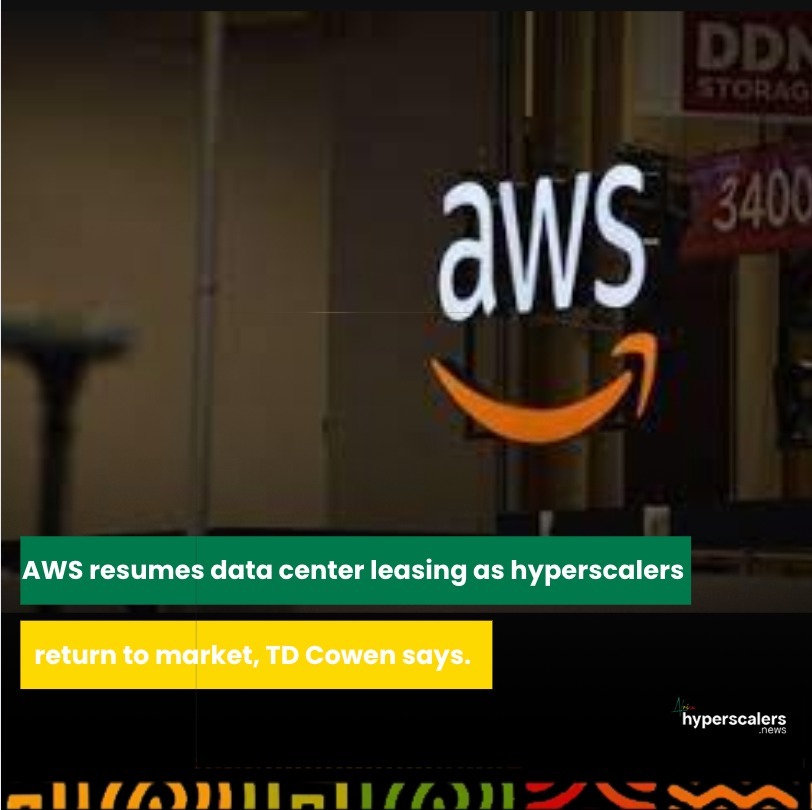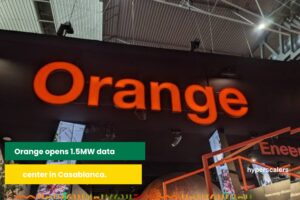After a period of pullback in early 2025, cloud giants Amazon Web Services and Microsoft are returning to the data center leasing market, signaling renewed momentum in hyperscale infrastructure expansion, according to a new report by TD Cowen.
The resurgence follows months of cost rationalization and strategic reevaluation. In March, TD Cowen reported that Microsoft had canceled or delayed up to 2 gigawatts (GW) of data center capacity, partly due to its shifting relationship with OpenAI. While Microsoft disputed the narrative of a slowdown, it acknowledged a recalibration.
“Any significant new endeavor at this size and scale requires agility and refinement as we learn and grow with our customers,” said Noelle Walsh, Microsoft’s President of Cloud Operations. “What this means is that we are slowing or pausing some early-stage projects. While we may strategically pace our plans, we will continue to grow strongly and allocate investments that stay aligned with business priorities and customer demand.”
Amazon Web Services had reportedly delayed select leases earlier this year, a move the company framed as financial discipline rather than a strategic shift. “AWS characterized the delays as part of a cost rationalization effort,” TD Cowen noted in its April update.
Now, the activity appears to be rebounding. TD Cowen reports that Microsoft’s 2GW of postponed capacity may come back online, though with a two-year delay. The firm’s analysts said they “see potential for Microsoft to return to more meaningful activity following the end of its fiscal year in June,” potentially accelerating leasing deals in the fourth quarter of 2025. However, Microsoft is also undergoing internal restructuring, including significant reductions to its data center procurement team, which may affect timelines.

AWS, meanwhile, may be accelerating faster. According to TD Cowen, Amazon recently secured an unnamed customer with a requirement exceeding 1GW – a scale that could trigger a wave of leasing transactions in the near term. Despite this, AWS executives remain cautious about colocation pricing and still favor in-house construction where possible.
Google continues to pursue a more aggressive expansion strategy. TD Cowen says the company likely made its largest-ever colocation investments in the first quarter of 2025 and recently entered a GPU-as-a-Service partnership with CoreWeave. While Google has voiced concerns about third-party infrastructure costs, the company is unlikely to pivot away from colocation in the short term, given existing infrastructure constraints.
Apple remains the least active among the hyperscalers. After issuing a request for proposals in late 2024, the company has taken a few visible steps in the data center space. It still relies primarily on Google Cloud and internal facilities but is reportedly preparing to launch proprietary server chips by 2026.
Meanwhile, Oracle is charting an ambitious course of its own. TD Cowen reports that the company is seeking as much as 5GW of new U.S. data center capacity to support OpenAI workloads, a buildout that could exceed $159 billion over five years.
The report signals that while hyperscaler activity briefly paused, long-term infrastructure demand continues to intensify, driven by AI workloads, enterprise migration, and geopolitical shifts in cloud infrastructure strategy.




